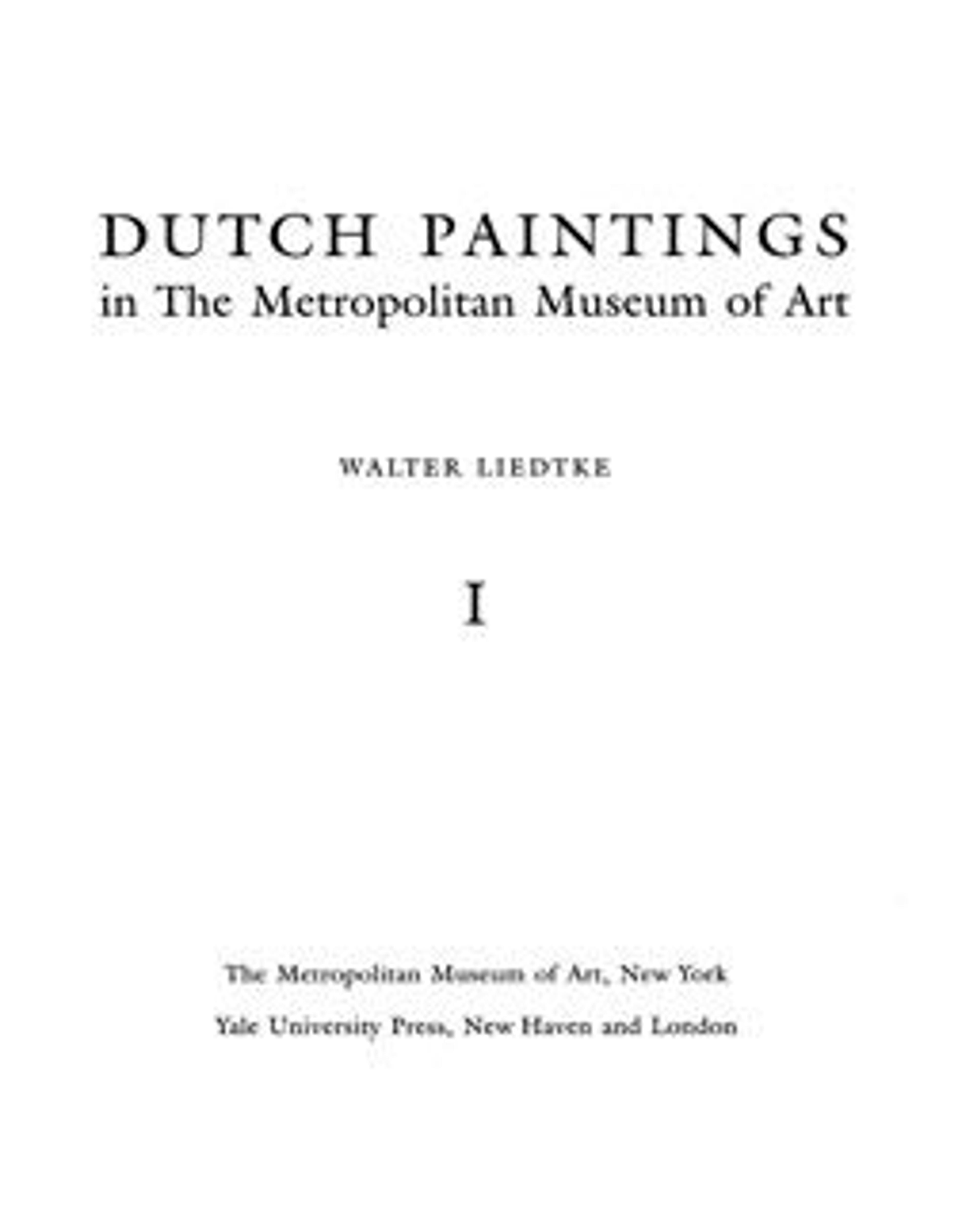Bearded Man with a Velvet Cap
Flinck studied as a pupil in Rembrandt’s studio and, according to one early biographer, had so internalized his teacher’s method within a year that his paintings were sold as the master’s own. This tronie, or study of an interesting face, reveals Flinck’s debt to Rembrandt in its use of flamboyant costume and attentiveness to the sitter’s craggy facial features. However, by the time he made this work, Flinck had distinguished himself by developing a much smoother manner of painting than Rembrandt, one that would serve him well as a society portraitist.
Artwork Details
- Title: Bearded Man with a Velvet Cap
- Artist: Govert Flinck (Dutch, Cleve 1615–1660 Amsterdam)
- Date: 1645
- Medium: Oil on wood
- Dimensions: 23 3/4 x 20 5/8 in. (60.3 x 52.4 cm)
- Classification: Paintings
- Credit Line: Bequest of Collis P. Huntington, 1900
- Object Number: 25.110.27
- Curatorial Department: European Paintings
More Artwork
Research Resources
The Met provides unparalleled resources for research and welcomes an international community of students and scholars. The Met's Open Access API is where creators and researchers can connect to the The Met collection. Open Access data and public domain images are available for unrestricted commercial and noncommercial use without permission or fee.
To request images under copyright and other restrictions, please use this Image Request form.
Feedback
We continue to research and examine historical and cultural context for objects in The Met collection. If you have comments or questions about this object record, please contact us using the form below. The Museum looks forward to receiving your comments.
